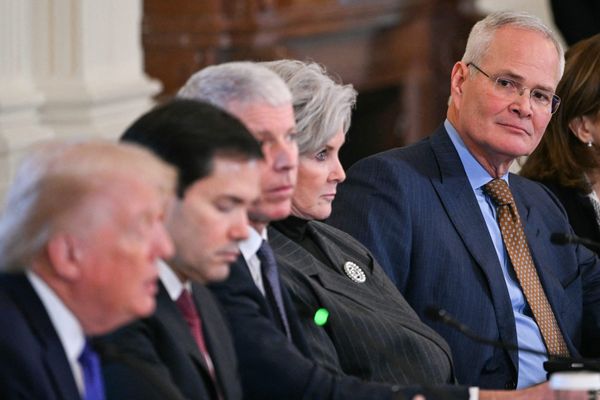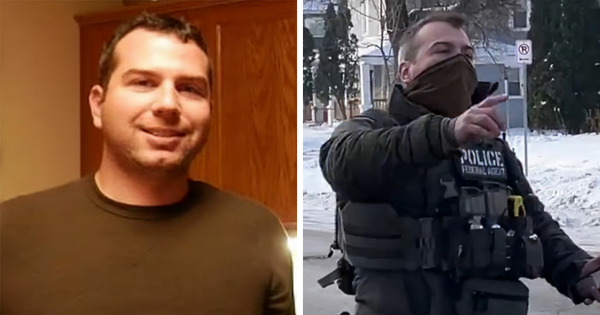
The US plan to build a floating port off the Gaza coast is a bold move, reminiscent of the Mulberry harbours built after D-day in Normandy, but there are serious concerns that what relief it brings will be too little too late for Palestinians facing starvation.
“When we talk about the sea route, it’s going to take weeks to set up and we are talking about a population that is starving now. We have already seen children dying of hunger,” said Ziad Issa, the head of humanitarian policy at the ActionAid charity.
US officials have presented the plan as Washington taking leadership and “not waiting for the Israelis”, but the Israelis will still have a say on how effective it is in delivering aid, especially in the north, where the threat of famine is most imminent.
Israeli inspectors will be in the Cypriot port of Larnaca, scrutinising cargoes of aid going into southern Gaza, and the inspections will provide Israel a tool with which to regulate the flow in the name of security vetting.
That might be harder for Israel to do when dealing directly with US military logistics officers rather than aid officials, but there are many other ways the Israeli government, a coalition that includes ministers who oppose any aid entering Gaza, can play an obstructionist role.
“People say this is a complex situation, but it’s very simple,” Issa said. “Israel is not allowing aid to get to the Gaza Strip.”
The plan involves US military engineers building a floating pier off the Gaza shore, on which shipborne food aid can be unloaded from ships from Larnaca, and a causeway for it to be driven onshore. The question is, then what? Most of Gaza’s population, most of whom have been displaced several times over, are not concentrated at the beach.
“Who is going to distribute it?” asked Jeremy Konyndyk, a former senior aid official in the Biden administration, and now president of the Refugees International aid advocacy group. “The aid organisations’ presence in northern Gaza is pretty close to zero because the Israelis have wanted everyone out and then have been restricting access to the north ever since.”
The proposed maritime aid corridor, Konyndyk said, “doesn’t obviate the problem of obstruction by Israel, but rather than being a problem at the entry point, now it’s going to be a problem at the distribution stage”.
“You need drivers that don’t exist, trucks that don’t exist feeding into a distribution system that doesn’t exist,” he added.
In the short term, it might involve communities near the shore distributing the food among themselves.
To get assistance around the strip would not just require trucks and drivers but also some sort of security, as desperation has taken over and looting is rife. The Israeli army has escorted some small NGO food deliveries, but an attempted delivery on 29 February on the outskirts of Gaza City ended with the killing of at least 115 Palestinians after Israeli soldiers opened fire after people rushed for the food trucks.
The Israel Defense Forces (IDF) claimed most of the casualties had been caused by a crush, but UN officials and doctors said the overwhelming majority of injuries were gunshot wounds.
“Even if there is a ceasefire, it is going to be very messy for the initial period, because the security apparatus that used to exist has collapsed, the clan structures and community leaders who would provide assurances and safety have also been very splintered,” Konyndyk said. “And from what we saw in the incident last week, the Israeli military is not a reliable security guarantor.
“It’s very tough and I think it’s worthwhile to try this,” he added. “I think they’re going to be figuring a lot of it out as they go, and I think that’s OK. I’m in favour of anything that helps at this point.
“But let’s also just be realistic about why this is necessary, and it’s necessary because of five months of obstruction of access in the north by the IDF and five months of intentional degradation of humanitarian capacity in the strip,” Konyndyk said. “And frankly the US has tolerated that for five months.”







